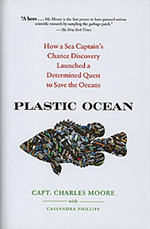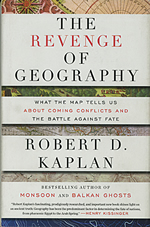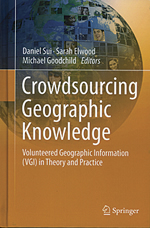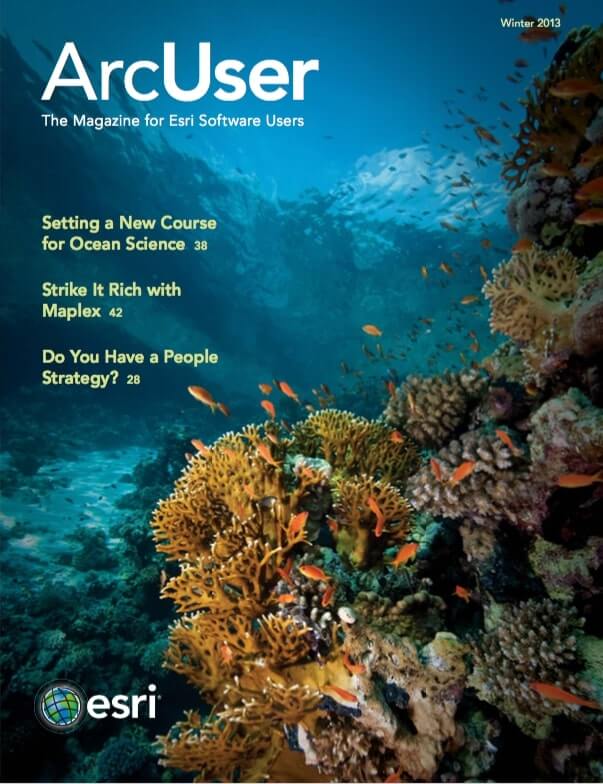
Plastic Ocean: How a Sea Captain’s Chance Discovery Launched a Determined Quest to Save the Oceans
By Charles Moore with Cassandra Phillips
In 1997, Charles Moore was stunned by the quantities of plastic debris he found far out in the Pacific Ocean while sailing from Honolulu to California. The experience led him to found the Algalita Marine Research Foundation and become an internationally recognized pollution expert. He has worked tirelessly to save the oceans from this “plastic plague.” His work has been the impetus for a global reassessment of the effects of plastics. This book recounts how plastics have come to pervade our lives, his findings on the threat they pose, and his research and activist work. Penguin Publishing, 2011, 368 pp., ISBN 978-1583334249

The Revenge of Geography: What the Map Tells Us About Coming Conflicts and the Battle against Fate
By Robert D. Kaplan
GIS practitioners, who in college had to fend off questions about why they were studying geography, may find this book particularly compelling. Using both trenchant analysis and historical anecdotes, it examines the importance of geography in shaping history. Kaplan discusses not only how pivotal geography has been but how its influence will likely shape human behavior in the future. A former member of Defense Policy Board under Secretary of Defense Robert Gates from 2009 to 2011, he is the author of 14 books on foreign affairs. Random House, 2012, 432 pp., ISBN-13: 978-1400069835

Crowdsourcing Geographic Knowledge Volunteered Geographic Information (VGI) in Theory and Practice
Edited by Daniel Sui, Sarah Elwood, and Michael Goodchild
Volunteered geographic information (VGI), a term coined by Michael Goodchild, one of this book’s three editors, is transforming how we gather, use, and interact with geospatial information. The 20 articles in this book deal with both the theory and application of VGI. Some discuss the aspects of crowdsourcing that are novel and offer new strategies for dealing with the big problems faced by science and governments and the big problem of big data itself. Some discuss challenges that VGI shares with more mainstream GIS: incorporating time and 3D data. Metadata, which has always been important, now becomes invaluable in qualifying the data and integrating it with spatial data that has been gathered using more traditional methods. Springer, 2013, 396 pp., ISBN-13: 978-9400745872
